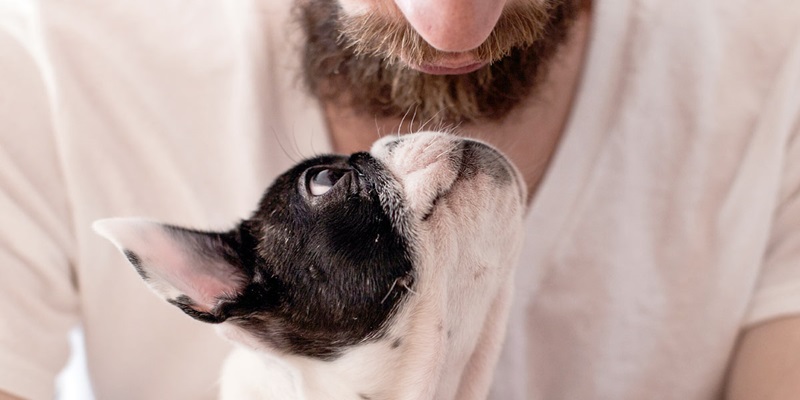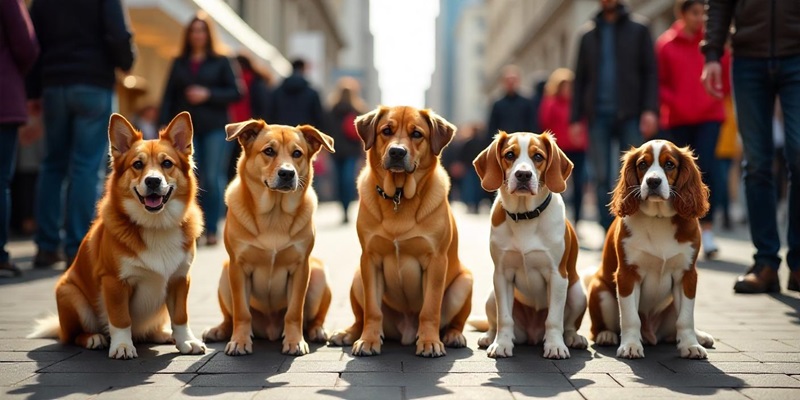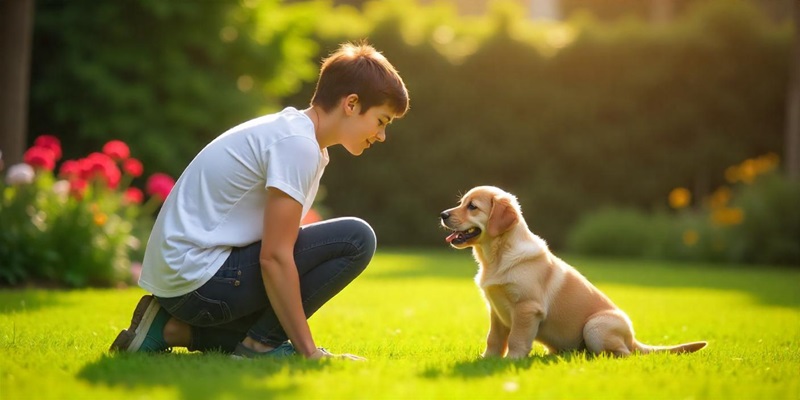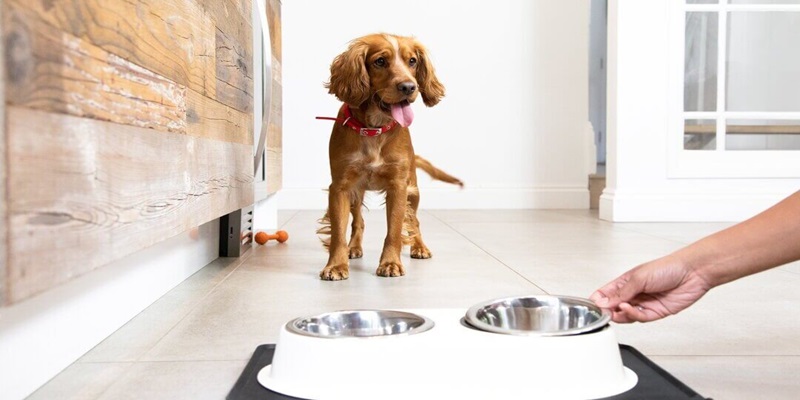5 Best Dog Breeds for First-Time Owners
Adding a hairy friend to one's life is exciting and frightening at the same time, mainly because you are a complete starter regarding owning dogs. Adding the right breed matters significantly at the beginning of this enriching journey. You'll want a dog that fits your lifestyle, energy level, and living situation. Fortunately, some breeds are particularly well-suited for first-time owners, offering an ideal combination of temperament, trainability, and manageable grooming needs.
Things to Consider When Choosing Your First Dog

Lifestyle Compatibility
First, one must reflect on lifestyle: living space, activity level, and daily routine. A Border Collie won't do well in an apartment, while a Bulldog will be fine for those leading a city life. Think about how much time you'll have for exercises and games, as some dogs need to move more than others.
Time and Financial Investment
Owning dogs requires a long-term commitment, both in time and resources. Analyze your schedule to see whether you have enough time for attention, training, and care. Add up the expenses of food, veterinary services, grooming, and possible sitting services. Specific breeds could need more grooming or be predisposed to particular ailments; these factors, too, would add to one's budget.
Experience Level and Training Requirements
As a first-time owner, it is best to choose breeds that are easily trainable and have an even temperament. Some Breeds are usually recommended to new owners since they are naturally friendly and pleasant. Consider how you feel about training. Would enrolling in professional obedience classes be necessary?
Top 5 Dog Breeds for First-Time Owners

What counts for any new pet parent is choosing correctly. Here are five breeds of dogs that are great as first-time furry friends:
1. Labrador Retriever
The Labrador Retriever is among the friendliest, most innovative, and probably the best choice for a first-time dog owner. Playful puppies are easy to train and great with kids, and they work fine in big homes and small apartments. They also love running and playing outdoors, which makes them great for outdoor families.
2. Poodle
They may look pompous, but Poodles are very smart and have low shedders, perfect for owners prone to allergies. Coming in three size versions-standard, miniature, and toy-they will feel equally comfortable in big houses and small apartments. Because they learn fast, training will be accessible, even for first-time dog owners.
3. Golden Retriever
Golden Retrievers are famous for their gentle disposition and unyielding loyalty. These loveable canines live in human company and are so patient that they're the perfect fit when there are babies in the house. Their demands for moderate exercise and good trainability accompany first-time ownership.
4. Bichon Frise
Playful and gentle, the Bichon Frise is an excellent companion for anyone seeking a smaller pet. Playful, hypoallergenic, low-exercise dogs adapt well in apartments and will be easy to train because of their high spirits and pleasing nature for new pet parents.
5. Boxer
Boxer dogs have a playful spirit and a watchful nature, making them a great addition to any family. They are low maintenance, have short coats, and have low energy, which is kept in check by exercising them regularly. They are very patient with children and seem to attach themselves to owners quickly, making them an excellent experience for first-time dog owners.
Training and Caring for Your First Dog

Creating an Exercise Plan
First-time dog training requires patience, consistency, and positive reinforcement. Start with simple commands such as "sit," "stay," and "come." Take quick, often practice sessions throughout the day. Practice sessions should be light and fun, with treats and praise spurring your puppy. As your puppy learns commands, work on phasing out the food rewards.
Exercise Needs and Activities
Different breeds have different exercise needs; adjust these as necessary. Most dogs need at least 30 minutes to 2 hours of exercise daily, depending on age, size, and breed. Encompass both physical and mental stimulation:
• Daily walking or jogging
• Fetching games and tug-of-war
• Puzzle toys for their minds
• Obstacle course or agility course play
In addition to tiring your dog out, regular exercise keeps him fit and prevents many behavioural problems due to boredom or surplus energy. Always talk to your veterinarian about your dog's appropriate exercise regimen.
Preparing Your Home for Your New Dog

Creating a Safe Environment
Before bringing your new companion indoors, set up your home to be dog-friendly. Remove all poisonous plants, loose wires, or anything small enough to swallow. Lock in cabinets with cleaning supplies or medications. Install baby gates to block off areas one doesn't want the dog accessing. Dogs are naturally curious animals, so think from their perspective when setting up the puppy-proofing in your home.
Setting Up Key Spaces
Set aside space in your house for your dog's activities. Place the dog's bed or crate in a quiet corner away from drafts and high-traffic areas. Locate food and water in areas on easy-to-clean floors; use non-slip mats under food and water bowls to hold them in place. Set aside space where your dog can play with toys and chewies, thus turning his attention and chewing urges elsewhere.
Creating a Routine
Dogs are creatures of habit and thus appreciate a mapped-out daily schedule of times to feed, walk, and play with them. Stock up with good-quality dog food, treats, and other needs like leashes, collars, and grooming materials. Also, obtain recommendations from good local veterinarians and pet emergency services.
Bringing a New Dog Home: What to Expect?
Cleaning Your Area
Before bringing your new fur buddy home, creating a welcoming yet safe atmosphere for him is essential. Doggy-proof your living room: remove poisonous plants, loose wires, and anything small that can be swallowed. Prepare a comfy bed, food and water bowls, and a potty training spot. The First Few Days Be prepared for the shock of your new dog.
Give them time to settle into their surroundings, and always offer a calm and quiet space to retreat. Establish an early pattern in feeding, walking, and playing to help your dog feel secure; they will begin to learn what is expected of them.
Building Trust and Bonding
Use positive reinforcement and soft communication to endear yourself to the new companion. Enjoy great times of togetherness and give snacks or praise when he does something good. Each dog differs somehow, so get accustomed to his peculiar personality and needs. Some will be very outgoing, though some may take a little time getting used to the new family.
Training Principles
Get him started with immediate basic obedience training so he can sit, stay, and come. Have all family members use the same commands and rewarding methods. Be prepared for accidents in the housebreaking process; any corrections should be given calmly and patiently.
Related Posts
- How To Build A Pet-Friendly Garden: Safe Plants And Features For Pets
- The Science Behind Pet Anxiety: Understanding And Managing Your Pet’s Stress
- Pet-Friendly Homes: 5 Interior Design Ideas for Animal Lovers
- 11 Amazing DIY Pet Toys You Can Easily Make
- Dog and Cat Body Language: Common Signals to Understand
- 5 Best Dog Breeds for First-Time Owners